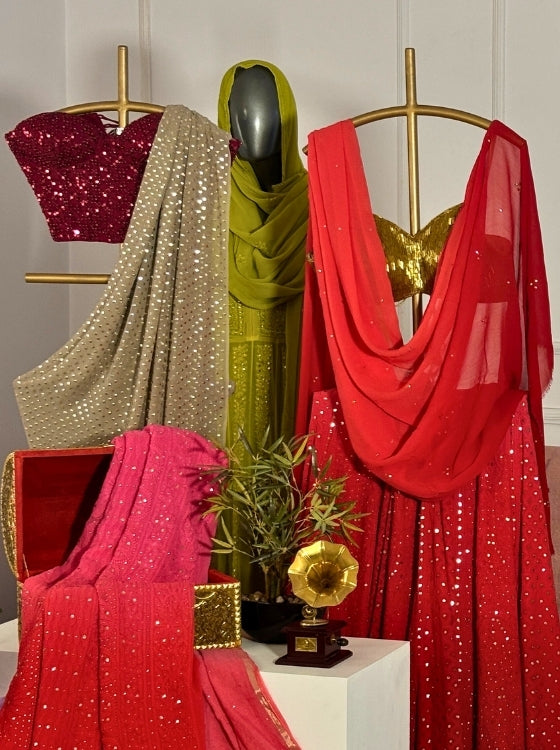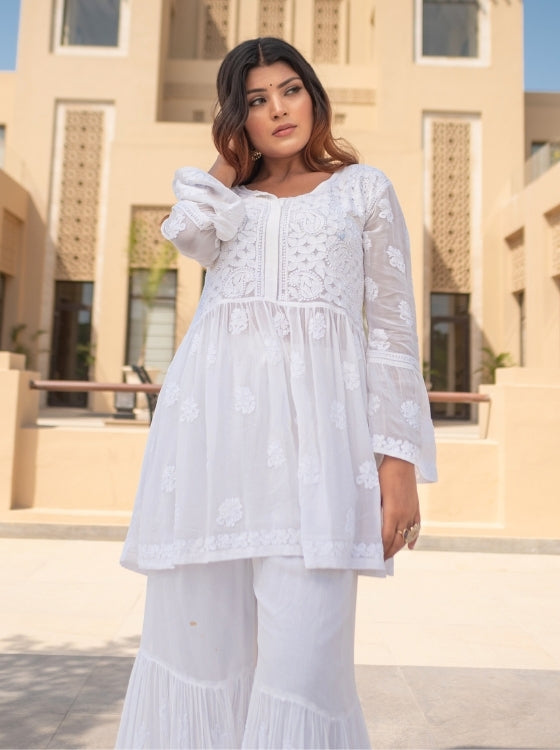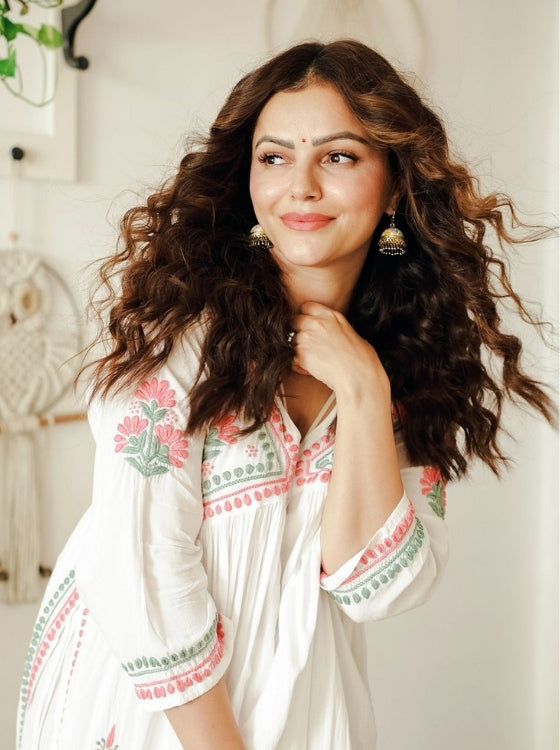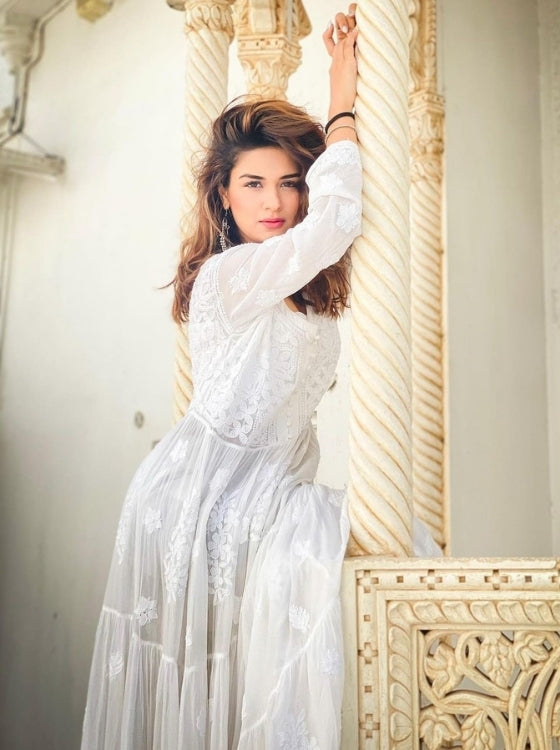Table of Contents
The Dior Controversy Explained
Just days after the Prada Kolhapuri sandal controversy rocked social media, Dior found itself under scrutiny for showcasing a USD 200,000 overcoat embroidered with India’s traditional Mukaish craft—but failing to credit the artisans or the country of origin.
During a recent Paris fashion show, Dior's creative director unveiled an opulent ivory-and-gold overcoat featuring intricate Mukaish embroidery, a hallmark of Lucknowi heritage. According to reports, this masterpiece involved 12 artisans laboring for 34 days. Despite the Indian roots of the design, no acknowledgment was offered to the region’s cultural legacy.
Fashion influencer @ideservecouture called out the oversight in a viral Instagram reel:
What is Mukaish Embroidery?
Mukaish embroidery, also known as "badla work," is an ancient Lucknowi embellishment style where artisans weave metallic threads into delicate patterns, creating a shimmering effect on fabrics. It's a craft often seen in Chikankari sarees, kurtas, and dupattas, much like those available at thechikanlabel.com.
The Cultural Appropriation Debate in Luxury Fashion
Dior’s oversight follows Prada's recent controversy over ₹1.2 lakh Kolhapuri-style sandals sold globally without any reference to their Maharashtrian heritage (Explore Ethical Fashion on THECHIKANLABEL.COM). This has reignited global conversations about luxury brands profiting from indigenous crafts without offering credit, collaboration, or compensation.
The Impact on Indian Artisans
The artisans of Lucknow, who keep the mukaish tradition alive, rarely see the financial or reputational rewards of their labor. While luxury brands capitalize on these crafts, the actual communities struggle to survive in a fast-paced fashion economy.
Challenges:
-
Lack of global visibility
-
Economic vulnerability
-
Craft fading among younger generations
Conclusion: Celebrating Indian Craftsmanship the Right Way
The takeaway isn’t that global brands shouldn’t feature Indian crafts. Rather, they must celebrate them respectfully and collaboratively. At THECHIKANLABEL.COM, every product—from Chikankari kurtas to mukaish sarees—carries the story of its maker.









